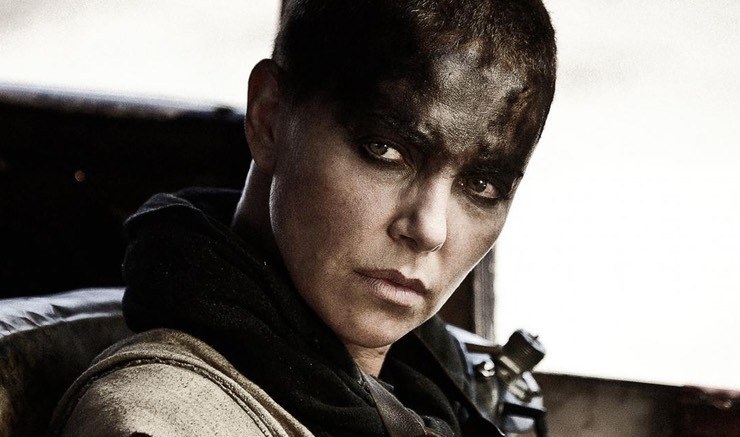This seems to be the norm that we live with, and because of this gender expectation, we subconsciously repress the personalities or qualities that don’t fit the mold. But let’s be honest, are you the typical man or woman? Guys, do you have sentimental and sensitive moments? Ladies, can you be aggressive and tough too?
Creativity and psychological androgyny are closely linked.
Hungarian psychologist Mihaly Csikszentmihalyi discovered through a study[1] that a creative and innovative mindset usually have both masculine and feminine traits, which he dubbed the quality psychological androgyny. Being psychologically androgynous does not equal to homosexuality, (while sexual preference is also not a criteria of psychological androgyny), it simply refers to a person’s ability to possess the strengths of both genders. Long before cognitive scientists linked creativity and psychological androgyny together, one of the greatest writers Virginia Woolf quoted early 19th-century English poet Samuel Taylor Coleridge to articulate her point of view on this topic[2]: Woolf thinks in order to reach the creative plateau, an individual must fuse masculinity and femininity all into one. So, why are people with qualities from both genders more creative?
They are able to see things from double perspectives.
Regardless of a person’s gender, possessing the characteristics of both genders allows a wider and richer outlook on things. When a psychologically androgynous person has behavioral traits of the opposite gender, they are more likely to put things in perspectives and see things in the shoes of both men and women. In the study done by Csikszentmihalyi, he concluded, With the interweaving of masculine and feminine characteristics, creatives are more likely to be stimulated by other experiences or perspectives to create unusual or exceptional pieces. Simply think about how literary greats like William Shakespeare and Marcel Proust write with such fluidity and delicate illustrations of emotions; or take Ursula K. Le Guin’s intuitive yet analytical fiction writing styles as an examples; you will soon understand — creative people have an androgynous mind.
They are hard and soft at the same time.
Because of their ability to comprehend and digest things from different perspectives, creative individuals carry qualities of both genders with balance. They are able to be as dominating as the “masculine” stereotype, but also seams the vulnerable, “feminine” side into their personality. Famous actress Charlize Theron has starred in major films in almost every genre because of her masculine and feminine personality traits. She has played the crime drama film Monster as serial killer Aileen Wuornos, also acted in the motion-packed Mad Max: Fury Road, and in western comedy film A Million Ways to Die in the West. She has proven her ability to portray different characters from a fiercely masculine commander, to a rather subdued wife figure, and off-screen she is both a tough woman in Hollywood and sensitive towards women issues.
Psychological androgyny has more benefits.
Apart from being linked to creativity, having an androgynous mind softens men’s hardness and boosts women’s confidence. When a man has the feminine sensitivity, alongside his brawny, dominating personality, he is more attractive to women, and is generally more capable to handle and balance work and romantic relationships. On the other hand, a woman who adopts a more aggressive approach with her submissive features, she looks wiser, bolder, and stronger.
It is a merger but not replacement.
Psychological androgyny does not mean completely acting like the opposing gender. You still retain your own personality, just fuse it with certain opposing qualities. For men, adding some sensitivity to your logical mind doesn’t downplay your authority; for women, being tough doesn’t automatically make you bossy. Don’t be afraid to step out of your gender expectations and be a better, more all-rounded person!

